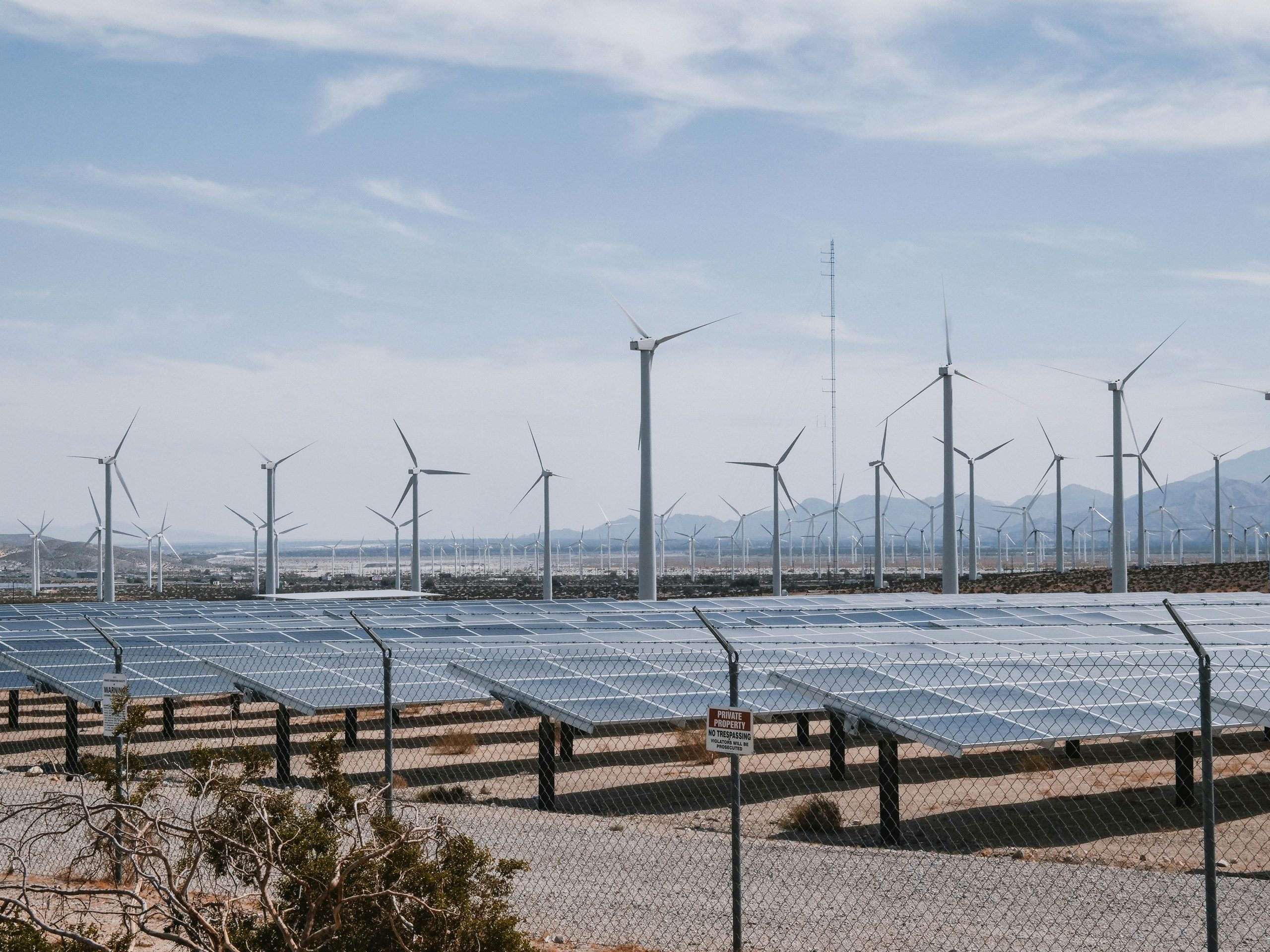The industrial sector’s shift toward renewable energy delivers cost reduction, enhanced sustainability, and regulatory compliance across global markets. According to the International Energy Agency’s 2025 report, renewable energy capacity in industrial applications grew by 12% year-over-year, reaching unprecedented adoption levels. Companies seeking comprehensive energy transition strategies can adopt vallourec’s innovative solutions for new energies to navigate this transformative landscape. What will your industry’s energy future look like?
Hydrogen: The Game-Changer in Next-Generation Alternative Energy Systems
Hydrogen is radically transforming the industrial energy landscape. This versatile molecule offers a decarbonized solution for the most energy-intensive sectors, from steelmaking to petrochemicals. Its unique ability to store energy over long periods makes it a strategic pillar of the global energy transition.
Also to read : Unlocking sales growth: innovative ways uk businesses can leverage influencer marketing
Industrial applications are multiplying rapidly. Green hydrogen now powers refining processes, replaces coal in steel production, and propels heavy vehicles. This diversification of use requires highly specialized tubular infrastructure capable of withstanding hydrogen embrittlement and extreme pressures.
The technical challenges remain considerable. Transporting and storing hydrogen demands materials with exceptional metallurgical properties. Tubular solutions must combine mechanical strength, perfect sealing, and durability in corrosive environments. Vallourec develops special steels and innovative coatings to meet these critical requirements, positioning the company as a key player in the hydrogen economy.
Have you seen this : How does embracing diversity drive success in uk businesses?
Green Hydrogen Production and Storage Challenges
The production of green hydrogen by water electrolysis requires a stable and abundant renewable electricity supply, but fluctuations in wind and solar power complicate this equation. Current electrolyzers achieve efficiencies of 60-80%, leaving considerable room for improvement to optimize energy costs.
Storage presents a major technical challenge. Hydrogen, the smallest molecule in the universe, easily permeates conventional materials and causes hydrogen embrittlement in standard steels. This property necessitates specially designed tubular solutions using corrosion-resistant alloys.
Material innovations are focused on austenitic stainless steels and nickel-chromium alloys, which are capable of maintaining their structural integrity under hydrogen pressure. High-pressure transport systems require tubes with reinforced specifications to guarantee perfect sealing over long distances.
These technical constraints transform each hydrogen project into an engineering challenge where the quality of materials directly determines the economic viability of the energy solution.
Offshore Wind Energy: Overcoming Implementation Barriers
Offshore wind power represents one of the most complex technical challenges of the energy transition. Extreme marine conditions impose unique constraints that require advanced engineering solutions to ensure the viability of projects.
The main technical obstacles require a systemic approach:
- Offshore foundations : High-performance tubular structures capable of withstanding the combined forces of wind, waves and ocean currents
- Preventive maintenance : Complex access requiring ultra-corrosion-resistant materials to minimize interventions
- Electrical connection : Submarine cables and offshore substations requiring absolute reliability
- Environmental resistance : Protection against salinity, erosion and extreme temperature variations
Specialized tubular solutions form the backbone of these installations. Their design incorporates high-strength steels and anti-corrosion coatings that significantly extend the lifespan of offshore structures, thus reducing long-term operating costs.
Carbon Capture and Storage: Advanced Clean Energy Technologies
Carbon capture and storage represents one of the most critical technologies in the fight against climate change, offering industrial facilities the ability to capture up to 95% of their CO2 emissions. This advanced process involves three distinct phases: capturing carbon dioxide at emission sources, transporting it through specialized pipeline networks, and permanently storing it in geological formations deep underground.
The capture phase utilizes sophisticated chemical processes, including amine-based absorption and solid sorbent technologies, to separate CO2 from industrial flue gases. Transportation requires high-grade tubular systems capable of handling compressed CO2 under extreme pressures, often exceeding 150 bar, while maintaining structural integrity across vast distances.
Storage infrastructure demands equally robust solutions, with injection wells reaching depths of 1,000 to 3,000 meters into saline aquifers or depleted oil reservoirs. These applications require corrosion-resistant tubular products that can withstand the acidic nature of CO2 in contact with formation waters, ensuring long-term containment security and operational reliability throughout decades of service.
How Companies Navigate the Transition to Sustainable Energy Sources
The journey toward sustainable energy requires a strategic approach that balances operational continuity with environmental objectives. Industrial companies typically begin by conducting comprehensive energy audits to identify their current consumption patterns and determine the most viable renewable alternatives for their specific operations.
Most successful transitions follow a phased implementation strategy. Companies start with pilot projects in non-critical operations, allowing them to test new technologies and refine processes before scaling up. This approach minimizes operational risks while building internal expertise and confidence in sustainable energy systems.
Investment planning represents a crucial component of the transition process. Forward-thinking organizations allocate substantial budgets not only for equipment acquisition but also for infrastructure upgrades, employee training, and ongoing maintenance. These initial investments often require 3-5 years to generate positive returns, demanding strong commitment from leadership.
Specialized technology partners play an instrumental role in facilitating smooth transitions. These experts provide tailored solutions for complex industrial environments, offering everything from feasibility studies to complete system integration. Their deep understanding of both traditional and emerging energy technologies ensures companies can navigate technical challenges effectively while maintaining operational excellence throughout the transformation process.
Geothermal and Biomass: Emerging Green Energy Innovations
Geothermal energy and biomass are emerging as sustainable energy solutions with promising industrial applications. These technologies harness the Earth’s heat and organic matter, respectively, to produce clean, renewable energy.
Recent innovations in deep geothermal energy allow access to underground reservoirs up to 10 kilometers deep, multiplying energy potential. Biomass power plants now incorporate advanced gasification processes that optimize energy yield while reducing emissions.
These extreme environments require high-performance tubular solutions. The high temperatures and corrosive environments of geothermal energy, as well as the chemical constraints of biomass installations, demand robust materials and specialized engineering designs to ensure the operational reliability of energy infrastructure.
Your Questions About New Energy Solutions
The energy transition raises complex questions for industrial leaders navigating between sustainability goals and operational efficiency. We’ve compiled the most frequently asked questions about new energy technologies and their practical applications.
What are the most promising renewable energy technologies for industrial applications?
Offshore wind, green hydrogen, and geothermal energy lead industrial renewable adoption. These technologies offer scalable solutions with decreasing costs and proven reliability for heavy industrial processes.
How can companies transition from traditional energy to sustainable alternatives?
Successful transitions require phased implementation, starting with energy audits, hybrid systems integration, and gradual infrastructure upgrades. Strategic partnerships with specialized providers accelerate the process significantly.
What role does hydrogen play in the future energy landscape?
Hydrogen serves as energy storage, industrial feedstock, and clean fuel for hard-to-electrify sectors. Green hydrogen production is becoming economically viable for steel, chemicals, and transport industries.
How effective is carbon capture and storage technology for reducing emissions?
Current CCS technology captures 85-95% of CO2 emissions from industrial sources. While promising, widespread deployment faces cost and infrastructure challenges requiring continued technological advancement.
What are the main challenges in implementing offshore wind energy projects?
Technical challenges include harsh marine environments, complex logistics, and specialized tubular solutions for foundations. Vallourec provides engineered steel solutions addressing these offshore wind infrastructure requirements.











